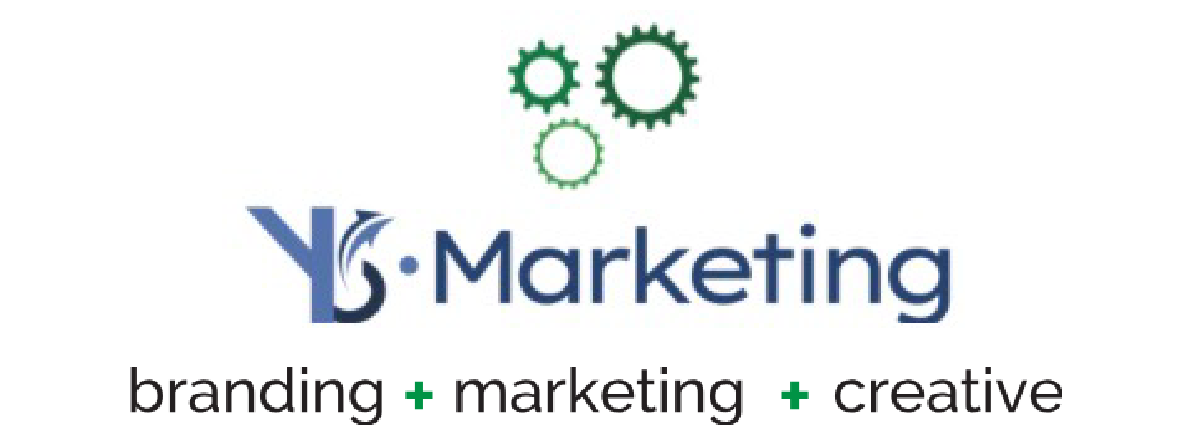
How Will You Tell Your Story?
If you are at all familiar with marketing and advertising, you can probably name off many of the most used channels. Television ads, search engine marketing, and yes, even radio are all frequently used methods of reaching people. Since we are on the subject of storytelling, we must beg the question; “which of the myriad platforms is the right one for my business’s story?” Logical follow up questions include “who am I telling my story to?” and “how do I want to be represented?” Many of these questions can be answered by close examination of your business, and what you want to communicate to your consumers. Let’s examine a few of the more popular solutions, their pros and cons, and what types of stories they are best for.
Social Media
We can’t go any further without talking about the power of social media. Over the past decade or more, social media has changed the way we communicate with each other, and with the companies we do business with. Led by the prolific millennial generation, people are now more than ever turning to web-based networks and communities for advice and opinions. We have said this before, but social media can be an incredibly powerful way to reach your market. Most prominent social networks are also surprisingly versatile when it comes to storytelling. You can tell a story in the form of serialized daily status updates, or through a shared video (we’ll get to those later). Profile descriptions and comment thread interactions can be a great avenue to hammer away at your company’s views and mission. That being said, social networks don’t really lend themselves to long-running campaigns or projects requiring an amount of continuity. The sporadic and ever-changing nature of social networks is much better suited to simple and quick thoughts.
Video Stories
At face value, the concept of video stories as a form of advertising sounds a lot like television commercials. While there is a beneficial element in tv ads, we are focusing more on web-based videos and short films. There is a lot of exploration to be had in this form of advertising. First, video blogs, much like written blogs, are useful for talking at length on a certain subject. What makes vlogs more engaging is the visual aspect that words on a page just can’t quite live up to (yes, we see the irony of saying this in a written blog). Through vlogs, you can chat about business related subjects, introduce your consumers to your employees, or even show them how you do the things you do. The guys over on the Hydraulic Press Channel on YouTube have done a pretty cool job of this (https://www.youtube.com/channel/UCcMDMoNu66_1Hwi5-MeiQgw). Another interesting route to go here is to tell a fabricated story. BMW released a short series from 2001-2002 called “The Hire” that showed off their vehicles’ performance quality to the theme of an edgy spy-type show. The variety of avenues in video stories is both its greatest advantage and its biggest downfall. If you want to create a video telling a story, make sure to be intentional on the theme and stay focused.
Press Releases
Yes, we said press releases. While usually used for PR services, a series of intriguing press releases can serve as an influential marketing campaign. Tell news sources about the interesting things you are up to, or what makes your company different from the rest of the pack. If your story is interesting enough, they may air it or print it for little to no costs. Depending on what they say, this makes for almost totally free advertising and support from influencers. This strategy works especially well if you are a smaller business focusing on a very local market. However, due to the third-party involvement, this method carries a bit more risk. There is the potential for a reporter to say things you would rather they don’t. Depending on your story and your target market, it could be a very beneficial calculated risk.
But What About Me?
Good question. Our best advice for you is to know your story and know your target market. Yes, we say that a lot, but that just emphasizes the importance. Each target market has its own quirks, and responds to different channels in different ways. Remember that certain avenues lend themselves better to different types of stories, and that each one serves a slightly different audience.
